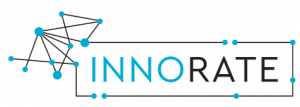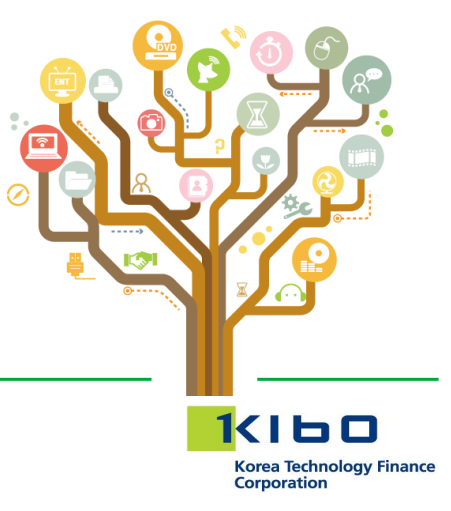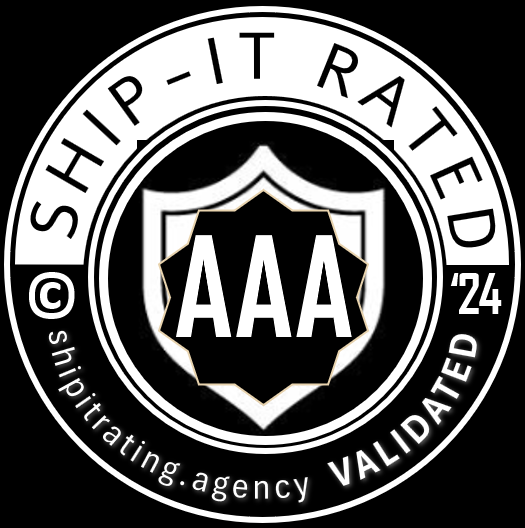The Ship-It Rating System
Ratings are desperately needed for technology development
SIRA’s Unique Approach to Evaluating Tech Potential
The Ship-It Ratings Agency is contributing to the history of assessing innovative firms. Unlike the conservatism of past systems, where the probability of insolvency is estimated and the incumbent and established are favoured, the Ship-It System is expansive – forecasting growth and catering for the new-comers and disruptors.
We have a tighter focus on product development, rather than wider operations, so founders and investors alike can leverage these ratings to make informed decisions, identifying companies with the highest potential for successful product launches and market impact. This methodology not only aids investment choices but also guides start-ups in enhancing their product development strategies.

Building on previous innovation ratings
A new approach due to an extensible model of product development performance
The Ship-It Ratings can be used by investors to fill the widening gap of understanding
Innovators drive RD&E, which makes new products, which generate revenue. As technological complexity increases, the calls to measure development risk have become louder.
In 2005 The Korea Technology Finance Corporation (KIBO) launched its KTRS rating method. However, KTRS and InnoRate, the EU’s system based on the same methodology, have been criticised for being conservative in outlook – forecasting insolvencies and potentially having a bias towards established incumbents. The Ship-It Rating method is expansive by contrast – predicting revenue growth rather than insolvency and catering for innovation and disruption.

Innovation ratings are not new. The Ship-It Rating draws from similar motivations that created KIBO’s KTRS and the European Union’s InnoRate.


From 1979 to the future
aCADEMIC iNTEREST growing From AROUND 1980
Researchers are increasingly interested in evaluating technologies for investment (from “Project NewProd”, 1979)
2008 KIBO patent KTRS
To meet the need for governmental guarantees to SMEs, the model calculates the probability of loan default.
2019 EU Utilises KTRS
KTRS has been used by hundreds of SMEs. The EU is inspired to launch a €3m project that creates the InnoRate platform.
2021 The InnoRate Project Ends
In the midst of the Covid-19 pandemic the European Union changes focus and the project is discontinued.
2023 Brings a new approach
Listening to investors, a UK development consultants, Arroware, creates a new model using fundamental system dynamics and Bayesian Inference.
2024 SIRA Formed
Proposing and promoting a specific and more expansive approach to deriving ratings for innovation .
Mapping probabilities of product success to a rating

By focussing on product development we obtain a more accurate prediction in precisely the area where investors need a better understanding of prospects – the new tech.
The firms’ general business operations and the product’s market potential are not part of the calculation. That’s deliberate. Founders are already experts in their products and investors are already highly skilled at recognising market and management potential. The assessment focuses on development fundamentals and the derivation uses statistics and smart inference to derive, as best as we can, the probability that the innovator will meet their own development plan. Probabilities map to familiar ratings…

When it comes to delivering revenue-generating technology, the probability of meeting planned development is a valuable measure of confidence in innovators’ potential…
This means that the Ship-It Rating (equating to a band of confidence) is a clear and direct indicator. For example, where there is a very high-growth plan, a AAA rating should predict the elusive unicorn. And common rules-of-thumb, such as the 40% rule for digitally-focussed firms, are built into the model.
To find out more on the calibration of the ratings, read here. We will also be sharing the publicly available information on the model.
Ratings and their proposed qualitative description
| Rating | Description |
|---|---|
| AAA | Capacity to operate product RD&E to fulfil own plan is clear and secure |
| AA | Capacity to operate product RD&E towards own plan is likely |
| A | Reaching capacity to maximise RD&E opportunities requires learning and growth |
| BBB | Reaching capacity to maximise RD&E opportunities requires much learning and growth but estimable amounts |
| BB | Capacity for RD&E is with risk but feasible and plannable |
| B | High amounts of effort to gain RD&E capacity are needed with risk still remaining |
| CCC | Capacity acquisition is conceivable but with multiple risks and many learnings needed |
| CC | Capacity acquisition is extremely speculative |
| C | Severely limited RD&E capacity in comparison to the plan and negligible proven delivery |
| D | Effectively zero prospects for delivering against the plan |
